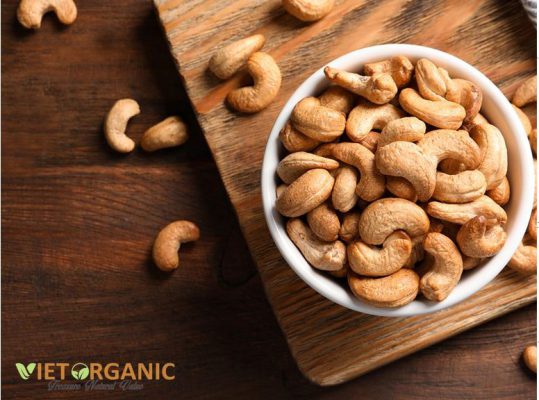

Interestingly, nuts may be one of the best foods for people with metabolic syndrome and type 2 diabetes.įirst off, they’re low in carbs and don’t raise blood sugar levels much. Therefore, type 2 diabetes and metabolic syndrome are strongly linked. Metabolic syndrome refers to a group of risk factors that may increase your risk of heart disease, stroke, and type 2 diabetes. Type 2 diabetes is a common disease affecting hundreds of millions of people worldwide. In one trial, a moderate-fat diet including macadamia nuts reduced cholesterol as much as a lower-fat diet ( 29, 30, 31, 32).Ĭholesterol and triglycerides while boosting levels of “good” HDL cholesterol. Several studies show that macadamia nuts lower cholesterol levels as well. One study found that ground, sliced, or whole hazelnuts had similar beneficial effects on cholesterol levels ( 23, 24, 25, 26).Īnother study in women with metabolic syndrome observed that eating a 1-ounce (30-gram) mix of walnuts, peanuts, and pine nuts per day for 6 weeks significantly lowered all types of cholesterol - except “good” HDL ( 27, 28). The cholesterol-lowering power of nuts may be due to their high content of monounsaturated and polyunsaturated fatty acids.Īlmonds and hazelnuts appear to raise “good” HDL cholesterol while reducing total and “bad” LDL cholesterol. In one 12-week study in obese people, those eating pistachios had triglyceride levels nearly 33% lower than in the control group ( 14, 22).

Pistachios have been shown to lower triglycerides in people who are obese and those with diabetes. Nuts have impressive effects on cholesterol and triglyceride levels. Indicate that your body doesn’t absorb all of the calories in nuts.

Promote weight loss rather than contribute to weight gain. Similarly, recent studies found that your body absorbs about 21% and 5% fewer calories from walnuts and pistachios, respectively, than had previously been reported ( 20, 21). What’s more, even though nuts are quite high in calories, research shows that your body doesn’t absorb all of them, as a portion of fat stays trapped within the nut’s fibrous wall during digestion ( 16, 17, 18).įor instance, while the nutrition facts on a package of almonds may indicate that a 1-ounce (28-gram) serving has 160–170 calories, your body only absorbs about 129 of these calories ( 19). In one study in overweight women, those eating almonds lost nearly three times as much weight and experienced a significantly greater decrease in waist size compared to the control group ( 15). Some research suggests that pistachios aid weight loss as well ( 12, 13, 14). One large study assessing the effects of the Mediterranean diet found that people assigned to eat nuts lost an average of 2 inches (5 cm) from their waists - significantly more than those given olive oil ( 11).Īlmonds have consistently been shown to promote weight loss rather than weight gain in controlled studies. Though they’re considered a high-calorie food, research suggests that nuts may help you lose weight. Known as polyphenols, which may protect your cells and “bad” LDL cholesterol However, studies in older people and individuals with metabolic syndrome found that walnuts and cashews didn’t have a big impact on antioxidant capacity, though some other markers improved ( 9, 10).

In one study in 13 people, eating walnuts or almonds increased polyphenol levels and significantly reduced oxidative damage, compared to a control meal ( 7).Īnother study found that 2–8 hours after consuming whole pecans, participants experienced a 26–33% drop in their levels of oxidized “bad” LDL cholesterol - a major risk factor for heart disease ( 8). Research shows that the antioxidants in walnuts and almonds can protect the delicate fats in your cells from being damaged by oxidation ( 5, 6, 7).
CASHEW HEALTH BENEFITS REDDIT FREE
One study found that walnuts have a greater capacity to fight free radicals than fish ( 4). Antioxidants, including the polyphenols in nuts, can combat oxidative stress by neutralizing free radicals - unstable molecules that may cause cell damage and increase disease risk ( 3).


 0 kommentar(er)
0 kommentar(er)
